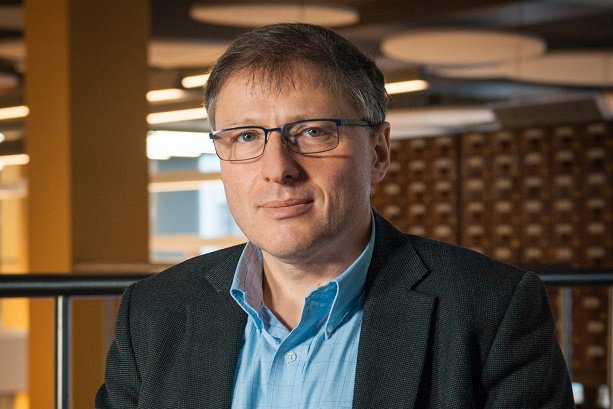
In January 2015, US material scientists Ronald Cohen and Peng Zhang from the Carnegie Institution of Washington and Kristjan Haule from the State University of Rutgers (New Jersey) published in the magazine Nature an article titled, “Effects of electron correlations on transport properties of iron at Earth’s core conditions.” They maintained that the new theory of the formation of the Earth’s magnetic field adopted after 2012 was inconsistent. Their computer-simulated calculations confirmed the classical theory of the magnetic field’s formation – magnetic fields are generated by the core’s thermal convection. It transpired that the core’s heat
conductivity was not as high as followed from the first theoretical calculations in 2012. The article’s publication created a stir in the scientific community and popular science media. The formation of the Earth’s magnetic fields began to be explained again by the classical theory of thermal convection.
A team of scientists from the National University of Science and Technology MISIS (Moscow, Russia), Linköping University (Linköping, Sweden), Jožef Stefan Institute (Ljubljana, Slovenia) and École Polytechnique (Paris, France) headed by Professor Igor Abrikosov found a mistake in the calculations of their American colleagues who accepted the criticism and recalled their article from the magazine in April 2016. The classical theory was discarded again.
“The preliminary results received by our team on the basis of the Dynamical Mean-Field Theory (DMFT) differed substantially from those published by Cohen, Zhang and Haule. They claim that in the Earth’s core iron does not behave in line with Landau’s Fermi liquid theory. Meanwhile, our studies showed that its behavior almost ideally conformed to this theory. This motivated us to check the main conclusion of US scientists about iron’s comparatively low heat conductivity. This was a very difficult task but we coped with it with the help of our Cherry supercomputer cluster in NUST MISIS.
“We were stunned by the result: although we used exactly the same method as was used by Cohen, Zhang and Haule, it differed from what was published in the Nature magazine by several times. Ultimately, all sides admitted that the sensational conclusion was made due to a numerical mistake in calculations,” Head of the Research Team Igor Abrikosov, who is in charge of the NUST MISIS Materials Modeling and Development Laboratory and is a professor of Linköping University, said.
Now scientists will have to return to the 2012 calculations showing that the heat convection cannot generate the Earth’s magnetic field. The discussion of the planet’s thermal history remains open.
Igor Abrikosov is in charge of the NUST MISIS Materials Modeling and Development Laboratory and the head of the laboratory of theory and modelling of the Department of Physics, Chemistry and Biology at Linköping University, Sweden. He heads the working group of Europe’s largest scientific community Psi-k. NUST MISIS is conducting promising research in modelling materials with his participation. Abrikosov won the Russian Government’s mega-grant competition in 2014-2016. The funds were used to establish a Materials Modeling and Development Laboratory. The laboratory opened in the university a supercomputer cluster that is on the list of the CIS’s top 50 supercomputers. The cluster’s goal is to speed up the development and commercialization of new materials with given properties. In late 2014, the number of the cluster’s locales increased from 64 to 100, which made it possible to enhance its capacity from 21 to 33 teraflops. In perspective, the university hopes to increase it to 300 teraflops.
Information about NUST MISIS
The National University of Science and Technology MISIS is one of Russia’s most dynamically developing centers for research and education. Being among the leaders of technology education in Russia, NUST MISIS is also a large research center. In 2015 NUST MISIS has entered The Times Higher Education World University Rankings and strengthened its positions in the QS World University Rankings. The university has also showed the highest dynamic of growth among the Russian universities in the TOP-100 of the worldwide QS University Rankings: BRICS.
The strategic goal of NUST MISIS is to become a global leader in the fields of materials science, metallurgy, mining, as well as to strengthen its position in the fields of biomaterials and nano- and IT technologies by 2020. The University comprises 9 institutes and 4 branches – three in Russia and one abroad. More than 15,000 students are being trained at NUST MISIS. 27 laboratories and 3 world-class engineering centers, where the leading international scientists work, operate at NUST MISIS. The University successfully implements joint projects with both Russian and international leading high-tech companies.

Add new comment